Snowblowers are seasonal beneficial devices. But is it easier to maintain them during the winter season and off-season?
Many external factors work and affect the device’s functionality, especially if the device is a snowblower.
Since it is used to remove and throw away snow, various issues related to freezes, choking, lack of threshold kickstarting, and more can occur when you suddenly try to start your snowblower after picking it up from the storage or off-season.
No worries.
We have curated this list to help you understand more about the snowblower’s starting and functionality issues.
Continue reading to learn more about maintaining your snowblower effectively and overcoming common starting issues.
This post covers a variety of problems that could prevent your snowblower from starting properly.
Wrong Starting Procedure of Snowblower
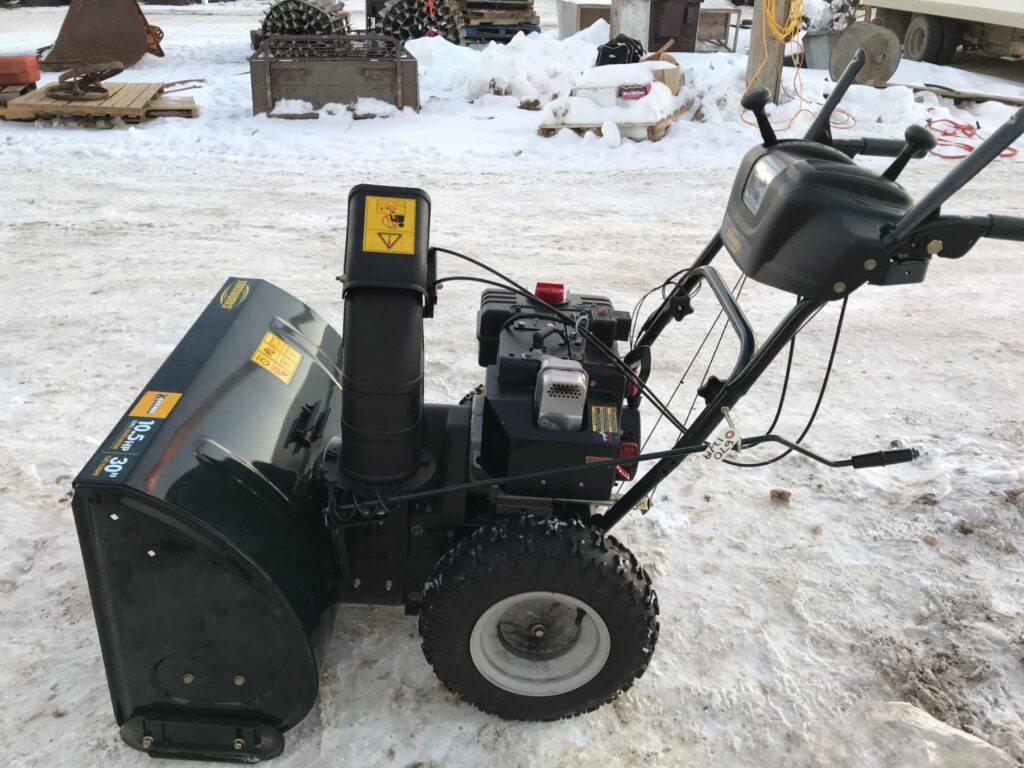
As we dive deeper into maintaining your snowblower, let’s begin with the most fundamental task.
Here’s a detailed guide on how to start a snowblower, ensuring you can get it running smoothly when you need it most.
If a device is meant to be used only for a few days or only for the season’s requirements, most people forget how to start it correctly.
So, before looking for other issues, make sure that you are starting your snowblower device correctly.
Correct the Switches and Values of fuel shutoff. Bring them in the open or ON position.
Put the key in the snowblower’s keyhole, turn the Ignition switch, or trigger the toggle switch to start your snowblower device.
Reduce the snowblower throttle from full to three-fourths throttle.
- If you still have issues, check if the starter button or starting motor is okay or in bad condition. A multimeter makes this easy. If the switch is at default, replace it.
- For a toggle switch or recoil starting system, gently pull the recoil. If the springs seem damaged, replace them.
Until now, the snowblower should start, but If still not working, then the issue is not with incorrect values or starting method.
The Snowblower Fuel Tank or Battery is Faulty
Check your fuel tank for gas or oil, depending on the type of engine your snowblower has. Either the tank is empty or not letting the device start.
In this case, fill the fuel tank with the type of fuel the device needs, such as gas or oil.
If there is fuel, then the issue can be with the fuel freezing in the tank, which is creating issues because the engine is not getting enough heat and ignition to kickstart the device.
So, drain the frozen fuel by heating the fuel tank sufficiently and priming the engine and carburetor.
Remove the fuel line and replace the fuel pimples if they are blocked.
If the fuel line leaks, use the pinch pillars to stop the leakage and replace the leaking line or pipe as soon as possible.
If your snowblower runs on a battery, examine whether the battery is powered or drained.
Check the battery’s power with a multimeter or power meter.
The Engine Is Not Igniting the Fuel
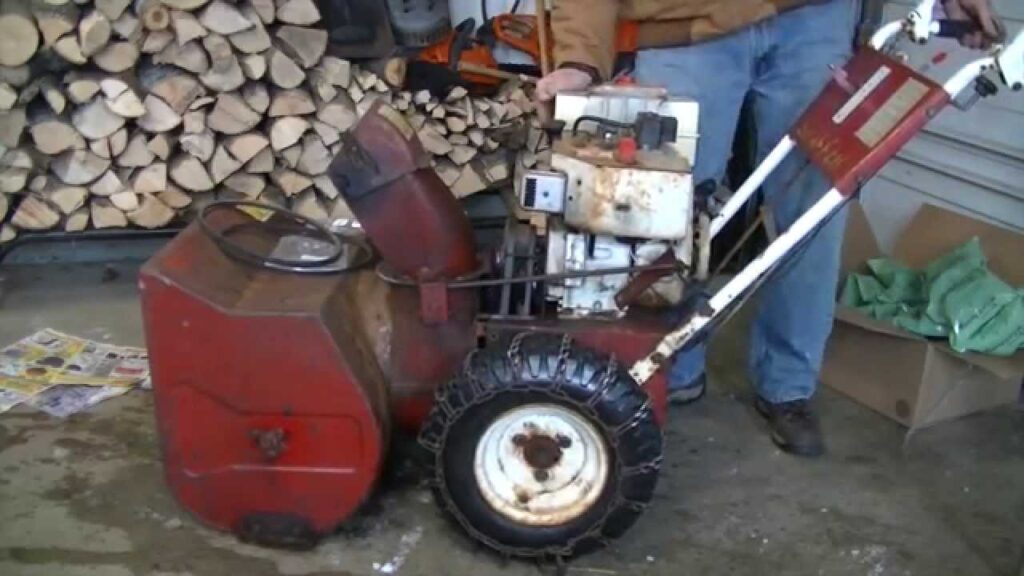
Two reasons can cause igniting issues: if you follow the process step by step, your snowblower’s engine is slow, or the spark plugs are not working.
Slow Engine: If your snowblower has a gaseous fuel engine, it will take longer to start.
So please keep it in functional condition; the engine needs the primer for the fuel boosting.
You can prime the engine by pressing the primer bulb near the carburetor. As soon as you prime, start the snowblower.
Try it at least three to four times to ignite the fuel and engine.
Spark Plugs: Fuel sparking issues might occur if the fuel is fresh and functional and the engine gets enough ignition and compression.
So, if your snowblower is not starting, examine the spark plugs.
To test the spark plugs, use a socket wrench to remove them, clean them, let them dry, and insert them back.
Please try restarting your snowblower again. If it still doesn’t work, the park pugs might need to be replaced.
Clogged Carburetor
Check for clogging or damage near the snowblower’s engine, carburetor, and connected lines.
If you find the parts dirty, replace them. To clean the carburetor, you have to separate it from the snowblower.
Spray the carburetor cleaner on it to reduce the build-up of carbon.
Then start it to check the engine’s run. If it does not start, the carburetor needs fixing.
Pick up the pliers, sockets, ratchets, and screwdriver to detach and separate the carburetor.
If your memory is weak, you can click a picture of the carburetor wiring assembly to make it easier to rearrange and fix later.
Remove the choke and throttle cables. Separate the spring recoil by bending the carburetor slightly.
Ensure you don’t damage the gasket between the engine and the carburetor. With the screw, separate the carburetor’s float bowl that holds the fuel.
Don’t use chemicals to clean the carburetor; it will damage and become unfit for reuse, and you might have to replace it.
If you find blocked or clogged holes in the float bowl, clean them with a thick wire or object like a screwdriver.
Once you have cleaned the holes, wash them with the cleaner and normal carburetor cleaner.
Reassemble your carburetor as it was before you separated it from the engine.
After fixing, start the snowblower again. It might take a few tries to get the engine started.
Take the Help of a Technician
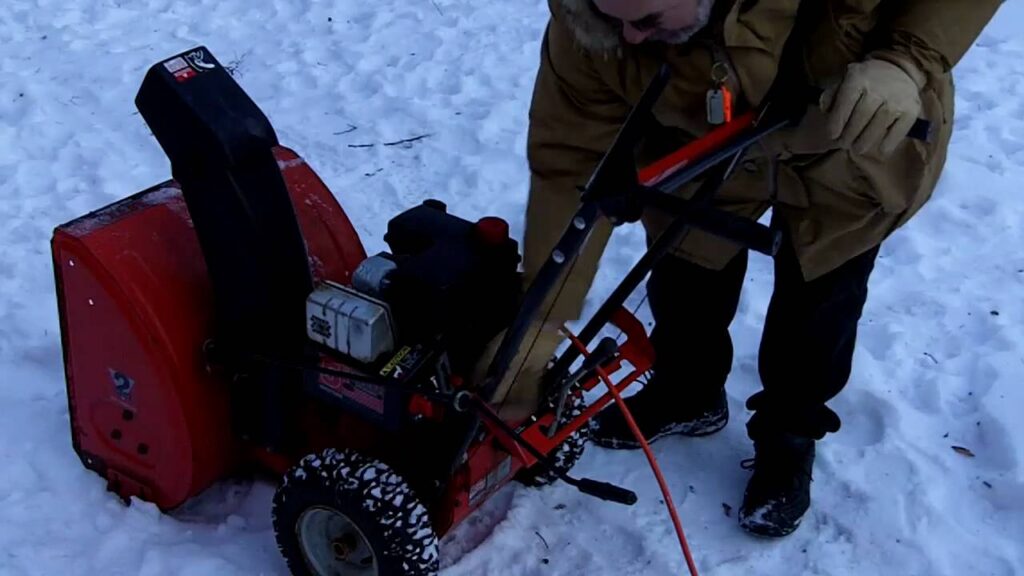
If you are fed up with trying things on your own and the engine is still not working, or the snowblower is not starting, it will be wiser to seek the help of a technician.
It might cost you and affect your budget, but it will help you save time and eliminate frustration.
Final Thoughts
Snowblowers are harder to store during the off-season, and functionality becomes harsher when the snowfall season is near.
When you leave the oil or gas in the fuel tank, it starts freezing, affecting several other things that make it harder for the device to start.
This post showed you why your snowblower device is so hard to start to help you kickstart it quickly by solving the issues.
If you want more ways to add value to your lifestyle and maintenance experience, sign up and get our bet tips and strategies sent to your inbox.

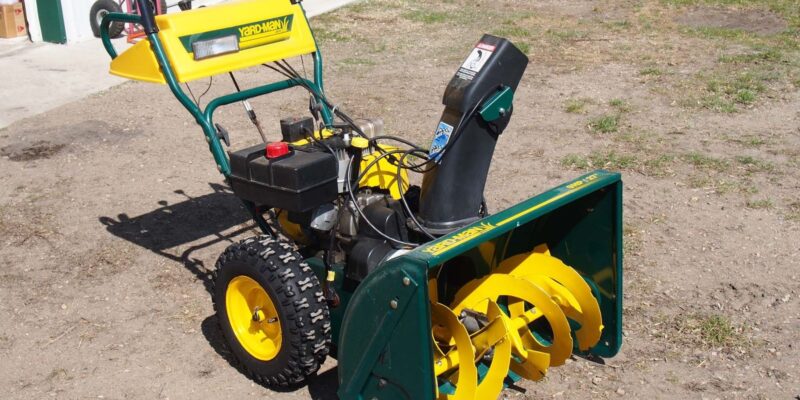
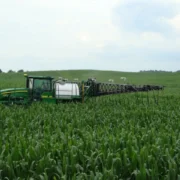

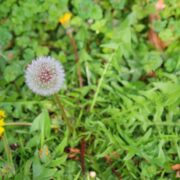
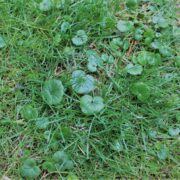


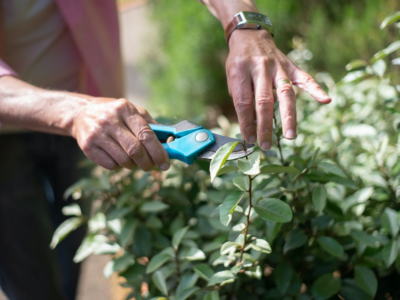


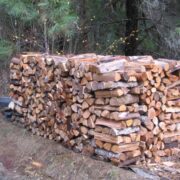
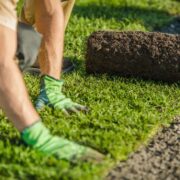
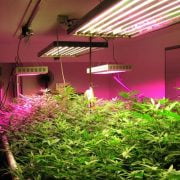
Comments